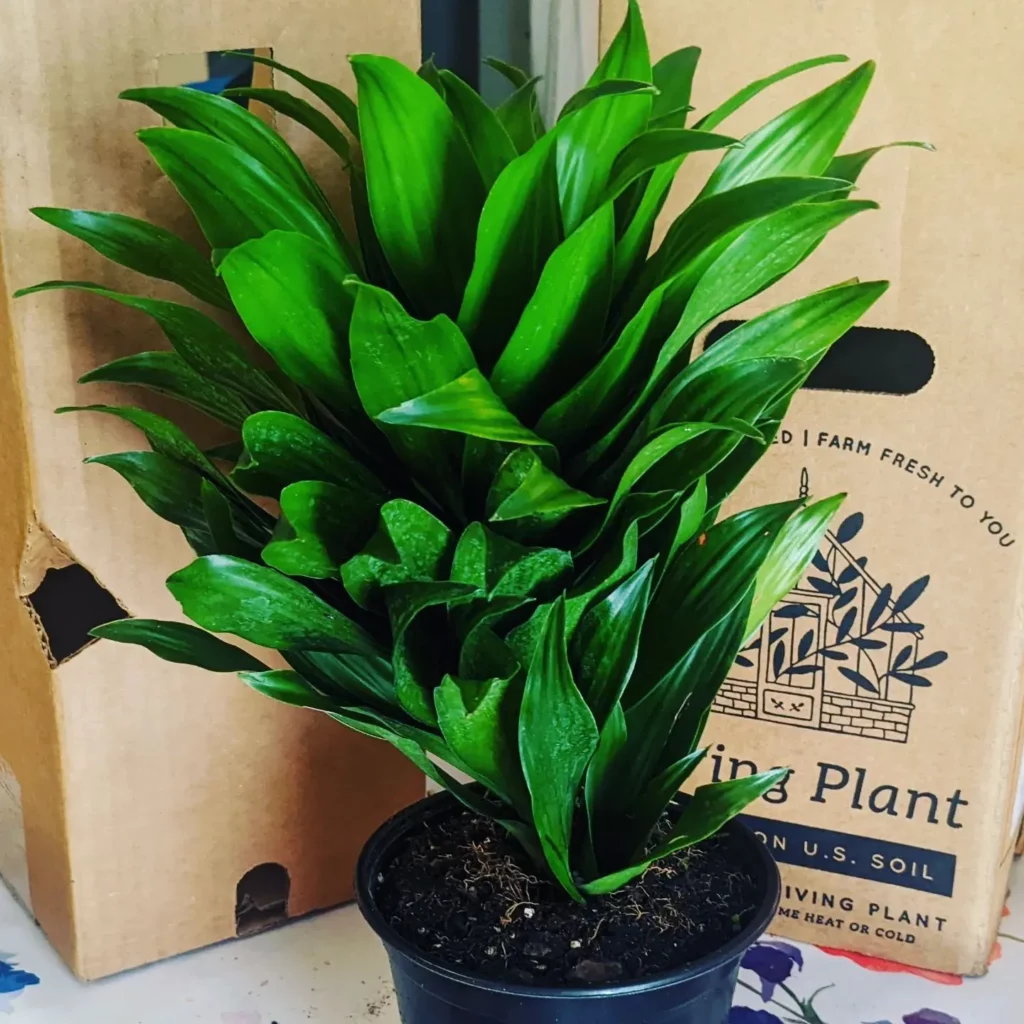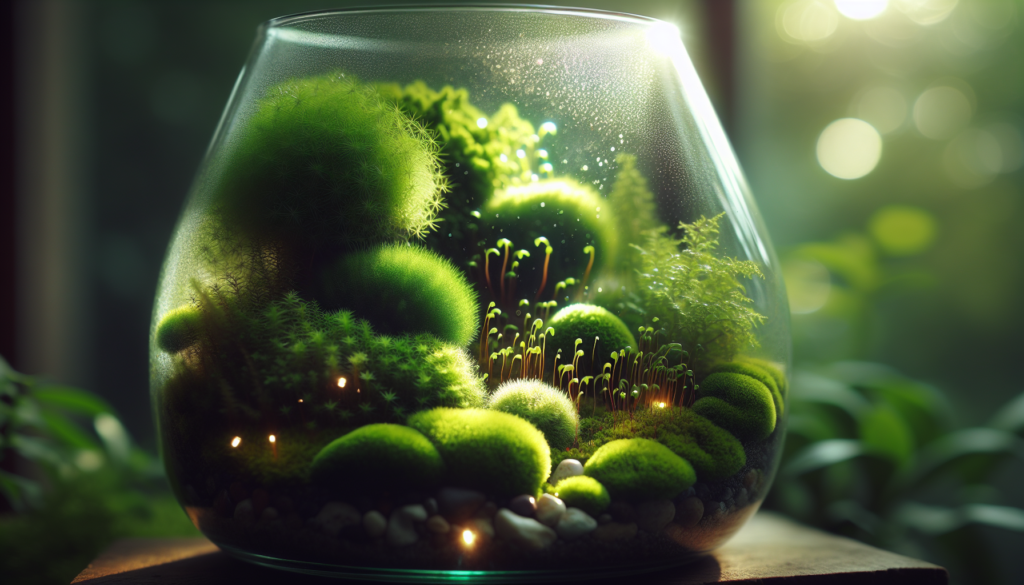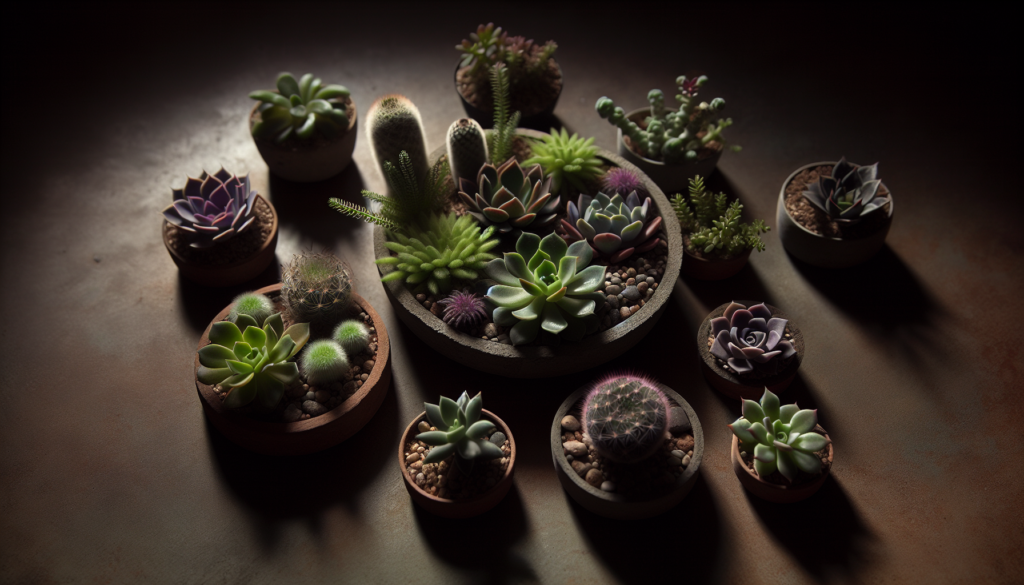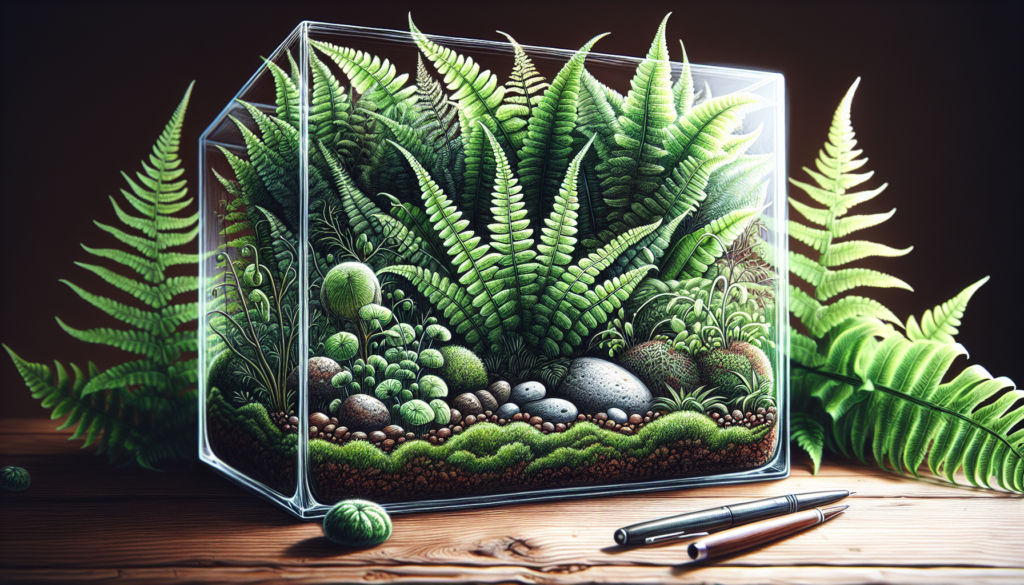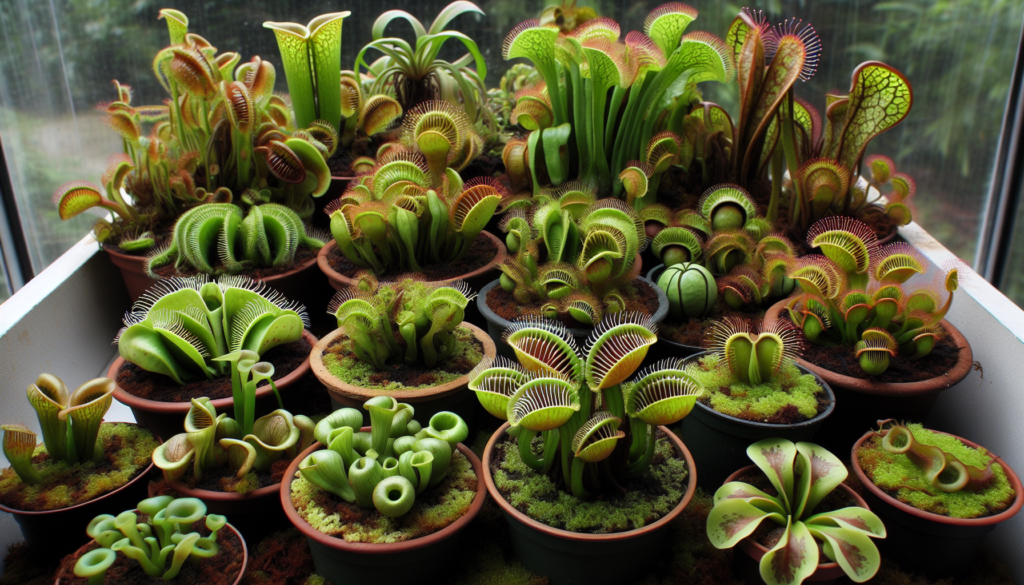Welcome to our guide on the Janet Craig Dracaena, a wonderful choice for those seeking an easy-care indoor plant. With its stunning appearance and low-maintenance nature, the Janet Craig Dracaena, also known as Dracaena deremensis or Pleomele fragrans, brings elegance and a breath of fresh air to any home.
The Janet Craig Dracaena’s beautiful appearance makes it a popular choice among plant enthusiasts and interior decorators alike.
Appearance of Janet Craig Dracaena
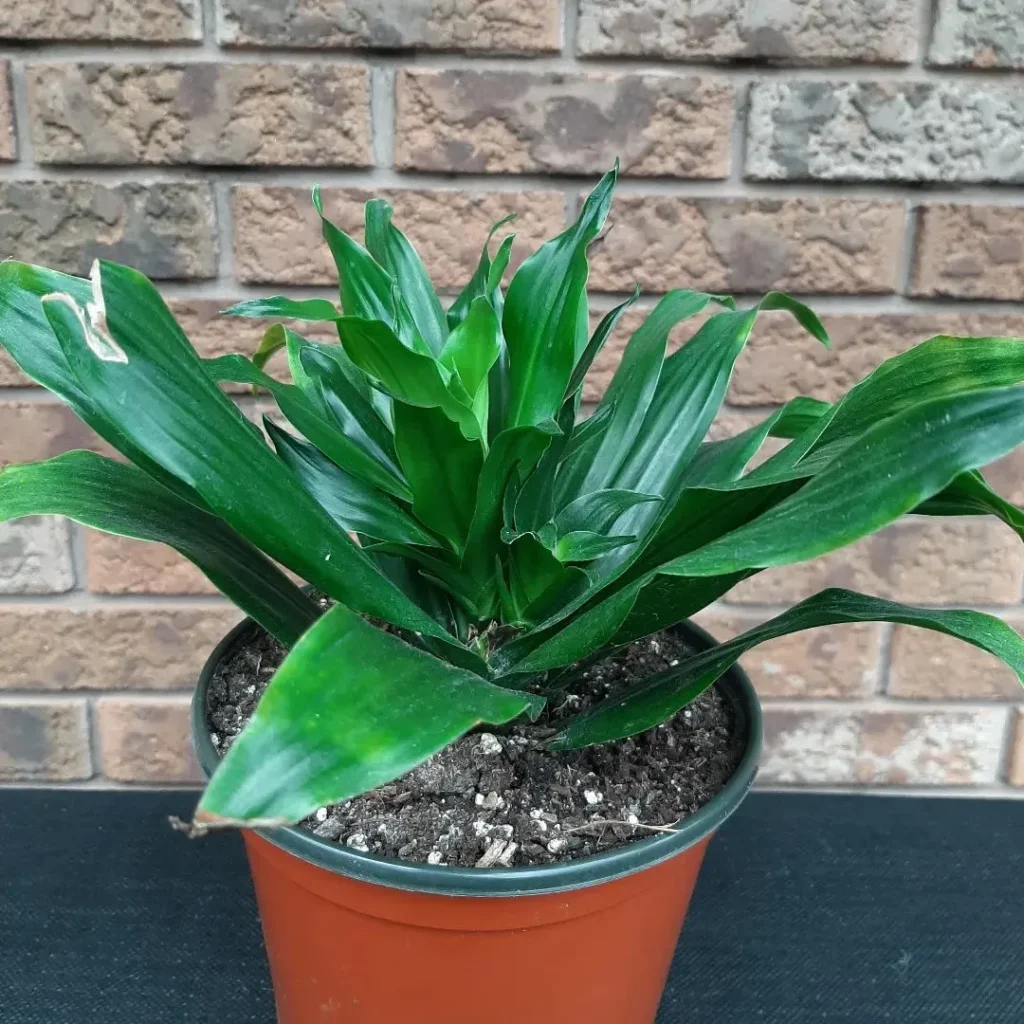
The Janet Craig Dracaena is a visually stunning indoor plant that adds elegance to any space. With its deep green, glossy foliage, this plant is a true beauty. The leaves of the Janet Craig Dracaena are sword-like, measuring approximately 3 inches in width and can grow up to 2 feet in length. As the plant matures and grows taller, the lower leaves may naturally turn yellow and fall off, giving it a tree-like appearance.
Here are some key features of the Janet Craig Dracaena’s appearance:
- Deep green, glossy foliage adds a touch of elegance to any space
- Leaves are sword-like, with a width of about 3 inches
- Potential length of the leaves can reach up to 2 feet
- As the plant grows taller, lower leaves may turn yellow and fall off, giving it a tree-like appearance
Light Requirements for Janet Craig Dracaena
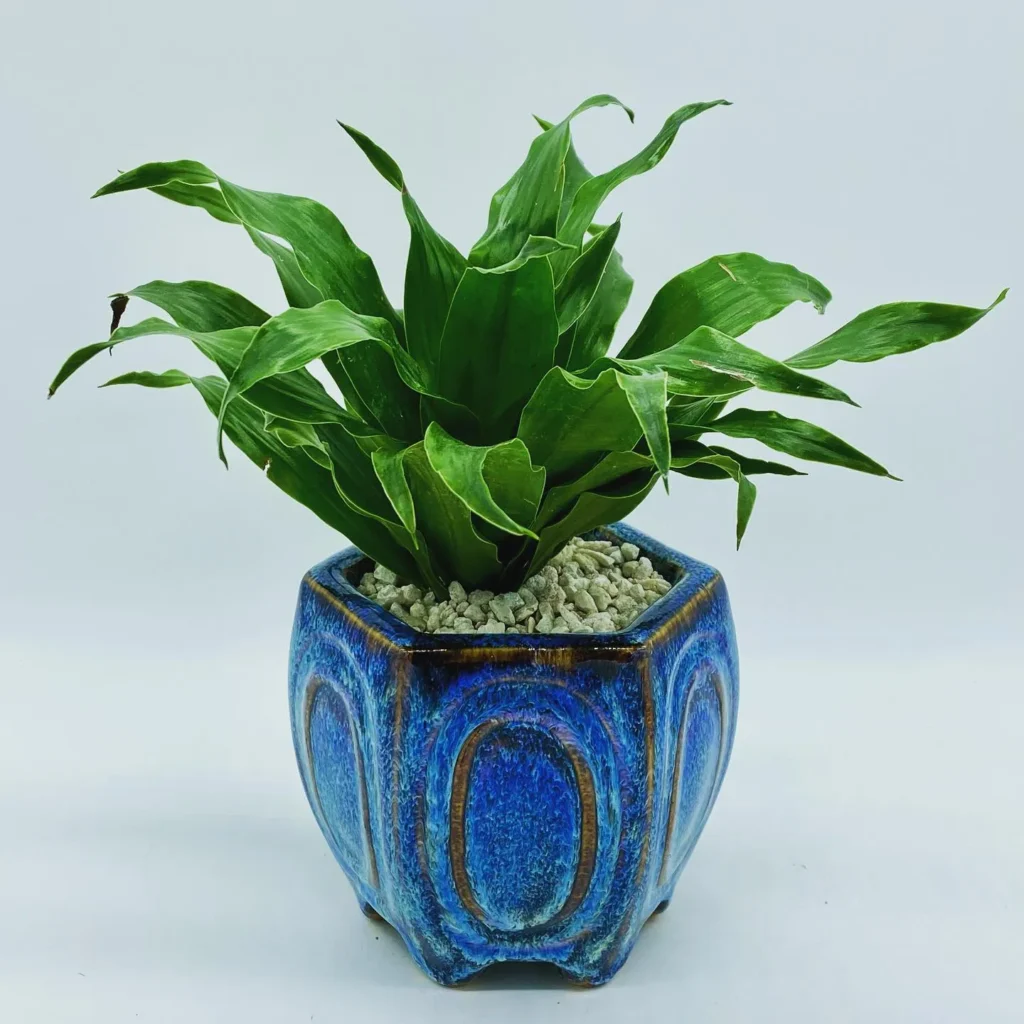
Janet Craig Dracaena is an indoor plant that thrives in well-lit spaces with bright direct or indirect sunlight. It is important to provide the plant with adequate light as it plays a crucial role in its overall health and growth.
If you have a space with ample natural sunlight, Janet Craig Dracaena will be happy. Placing the plant near a window facing east or west is ideal. This way, it will receive the right amount of sunlight without being exposed to harsh midday rays.
In case you do not have access to abundant natural light, you can still grow Janet Craig Dracaena in areas with medium to low light. However, it is important to ensure that the light source is not too far away from the plant. Placing it in spaces without any natural sunlight should be avoided, as it can negatively impact its growth and overall health.
When determining the best spot for your Janet Craig Dracaena, consider the lighting conditions and adjust accordingly to meet its light requirements. Keep in mind that providing the right amount of light will result in vibrant foliage and a healthy, thriving indoor plant.
Watering Janet Craig Dracaena
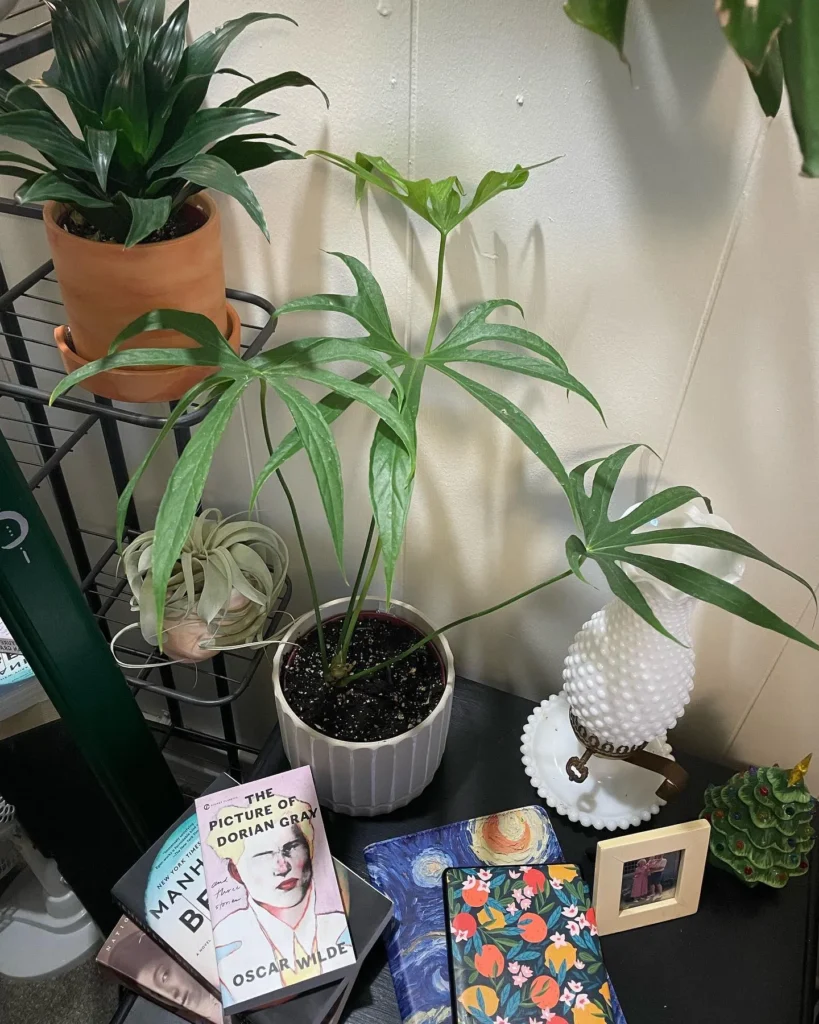
Proper watering is essential for the health and vitality of your Janet Craig Dracaena. To ensure that you provide the right amount of moisture, it is important to check the soil moisture levels regularly.
Water the plant when 1/3 to 1/2 of the soil in its pot is dry, usually every 10-14 days. This allows the roots to receive adequate hydration without becoming waterlogged. Overwatering should be avoided, as the plant is not tolerant of excessive moisture.
When watering your Janet Craig Dracaena, it is recommended to use distilled or rain water instead of tap water. This is because Dracaena Janet Craig is sensitive to fluoride and other salts commonly found in tap water. Using distilled or rain water helps to prevent the buildup of these substances and ensures the plant’s optimal growth.
Here are key tips for watering your Janet Craig Dracaena:
- Check the soil moisture by feeling the top 1-2 inches of soil.
- Water the plant when 1/3 to 1/2 of the soil in the pot is dry.
- Avoid overwatering to prevent root rot.
- Use distilled or rain water to avoid fluoride and salt buildup.
Fertilizing Janet Craig Dracaena
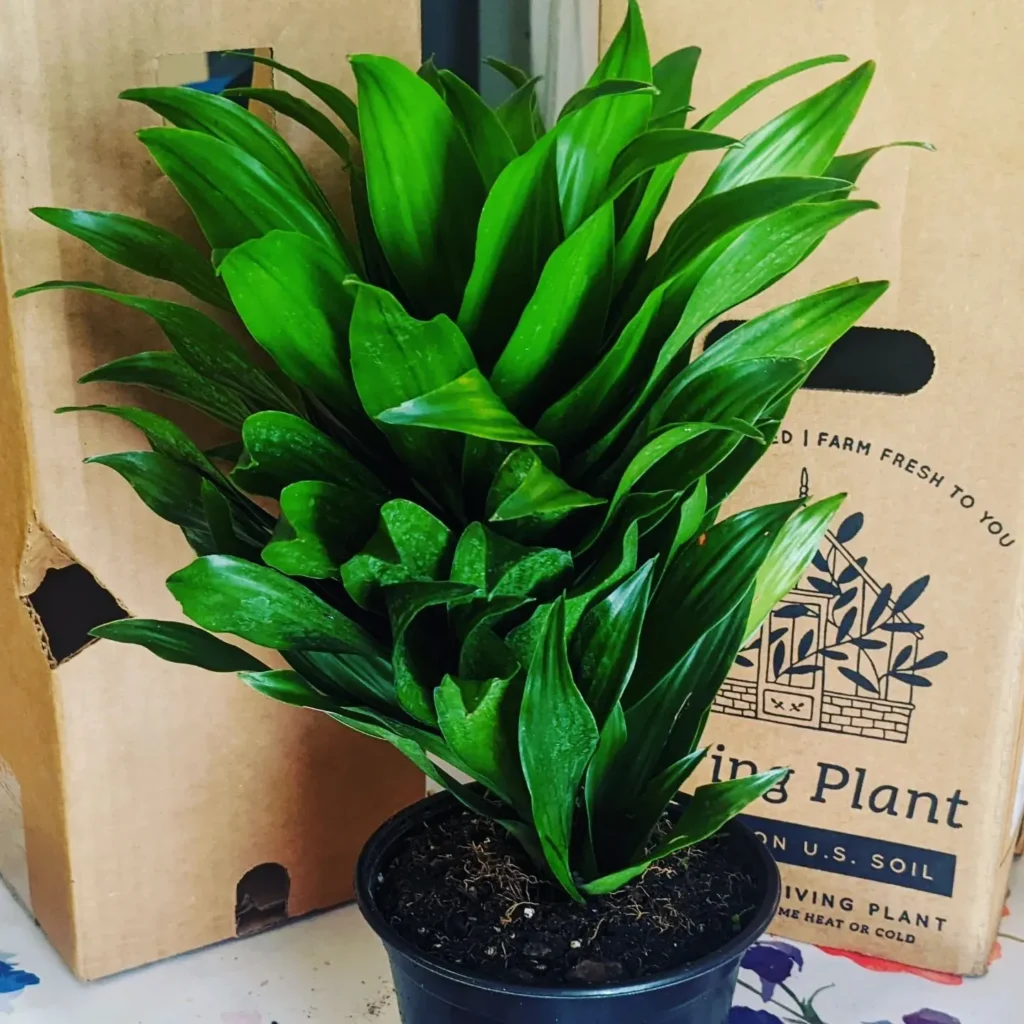
To ensure the healthy growth of your Janet Craig Dracaena, it is important to provide it with adequate nutrients through regular fertilization. Fertilizing this plant once a month during the spring and summer months will help promote lush foliage and overall vigor.
When it comes to fertilizing Janet Craig Dracaena, it is best to dilute a liquid fertilizer in the water while watering the plant. Use half the recommended strength to avoid overfeeding. This will provide the plant with a gentle, consistent supply of nutrients without overwhelming it.
However, it is important to note that during the fall and winter, Janet Craig Dracaena enters a period of dormancy. During this time, it is recommended to let the plant rest and refrain from fertilizing. This allows the plant to conserve energy and prepare for new growth in the following spring.
Potting Janet Craig Dracaena
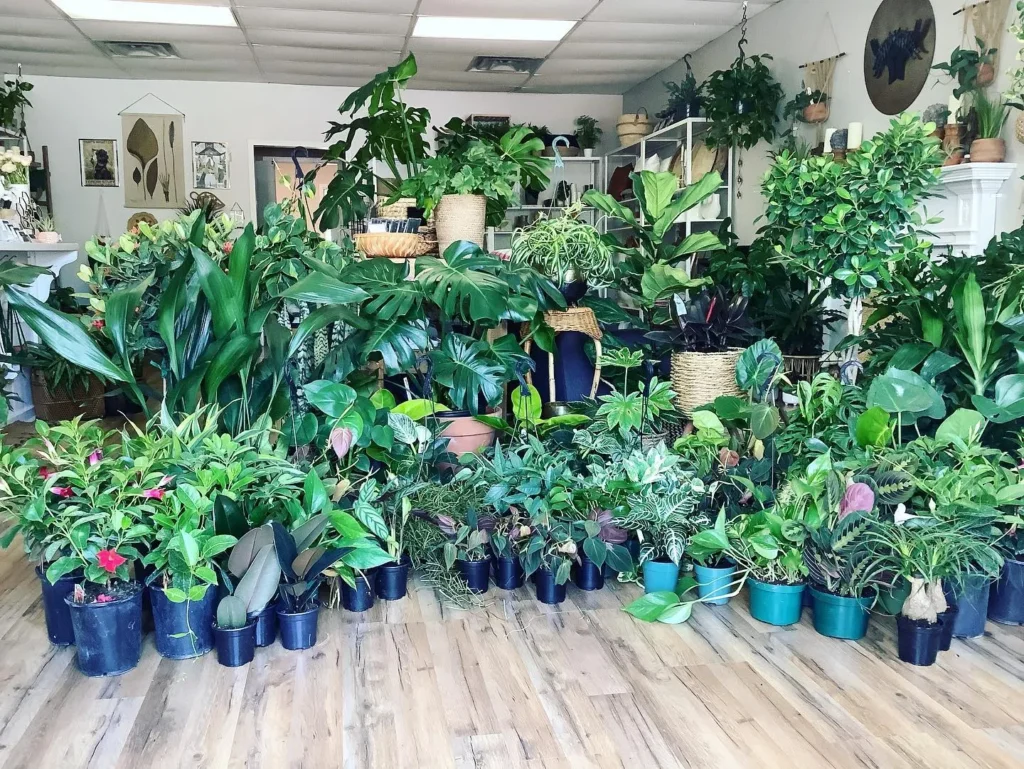
Repotting Janet Craig Dracaena is an essential part of its care routine to ensure its healthy growth. Here are the steps to follow when potting your Janet Craig Dracaena:
- Timing: Repot your Janet Craig Dracaena during the early spring before new growth begins.
- Choose the right pot: Select a pot that is 2 inches larger in diameter and slightly deeper than the current pot. This will allow the plant’s roots to have enough room to grow.
- Soil: Use a well-draining indoor potting mix that provides good aeration for the roots.
- Placement: Position the plant in the new pot, making sure it sits about 1 inch below the edge of the pot. This will prevent water spillage during watering.
- Watering: After potting, water the plant thoroughly to help settle the soil and establish good root contact. Keep the soil damp but not soggy to avoid overwatering.
Propagation of Janet Craig Dracaena
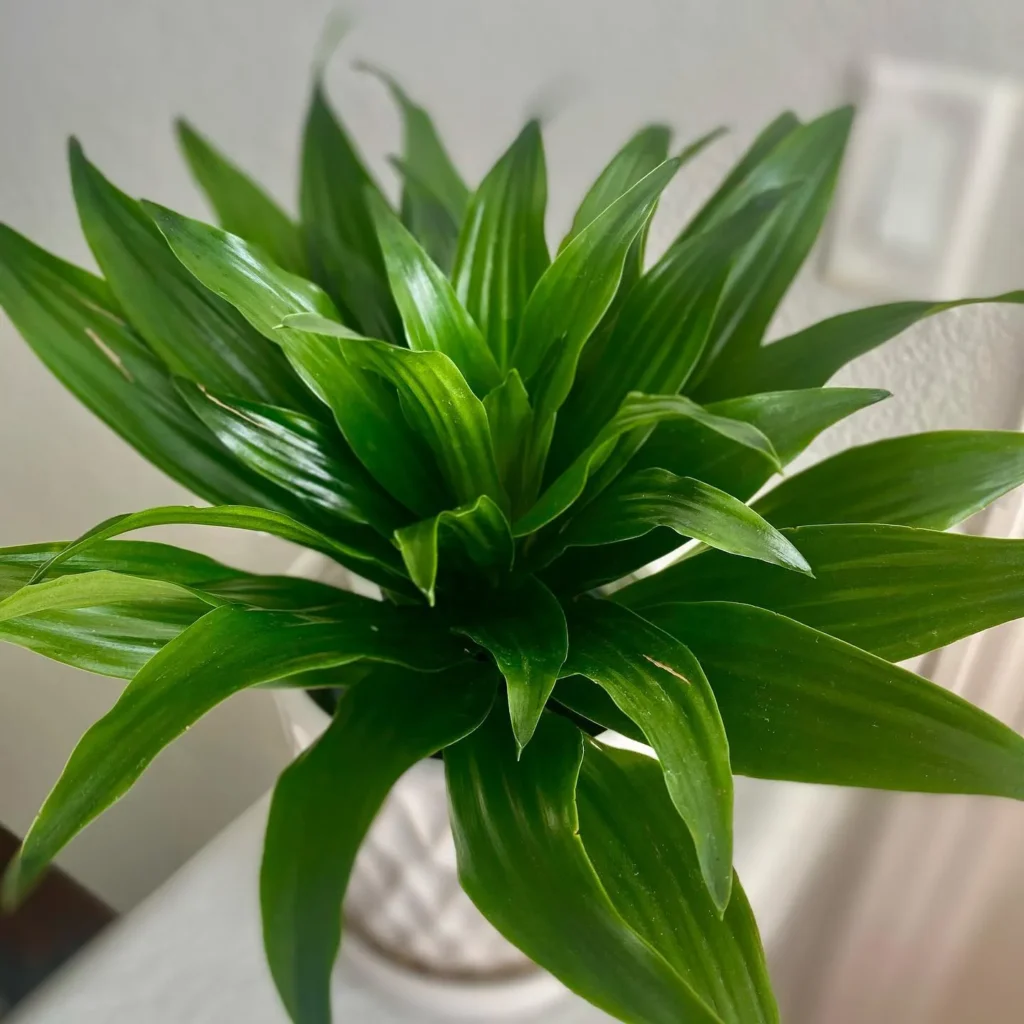
Propagating Janet Craig Dracaena is a simple and rewarding process that can be done through stalk cuttings. By following these steps, you can create new plants and expand your green collection:
- Start in the early spring when the plant is actively growing. Select a healthy stem or stalk to use as a cutting.
- Trim away the leaves from the lower part of the stalk, ensuring that you have a clean cutting.
- Leave 3-4 inches of exposed stalk at the bottom, as this is where the roots will form.
- Place the cutting in a glass jar filled with filtered water, making sure that the bottom part is submerged.
- Keep the jar in a well-lit area, away from direct sunlight, and replace the water weekly to prevent stagnation.
- After several months, roots will start to develop from the exposed stalk. Once the roots are at least an inch long, your cutting is ready for the next step.
- Transfer the cutting to a pot containing moistened potting soil. Gently press the soil around the roots to secure the plant in place.
- Provide the cutting with the same lighting conditions as mature Janet Craig Dracaena plants.
Remember to be patient during the propagation process, as it can take time for the new plant to establish itself. With proper care and attention, you will soon have an additional Janet Craig Dracaena to enjoy in your indoor garden.
Growth and Development of Janet Craig Dracaena
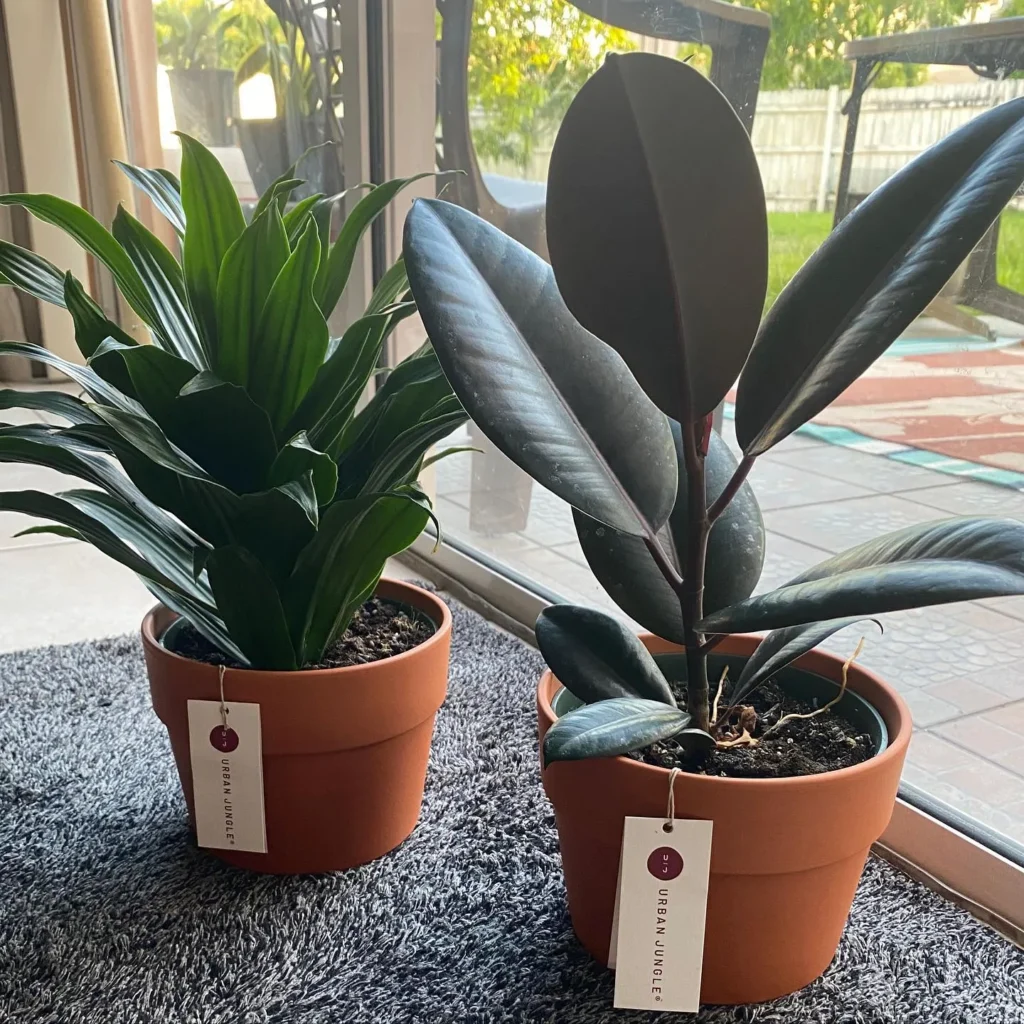
Janet Craig Dracaena is known for its slow growth but can eventually reach a height of 4 to 6 feet after several years of proper care and maintenance. As the plant grows taller, the trunk becomes bare and the lower leaves may turn yellow and fall off naturally, giving it a more tree-like appearance.
It takes at least ten years for Janet Craig Dracaena to reach its full height when grown indoors, but outdoor growth can reach up to an impressive 15 feet under ideal conditions.
The growth and development of Janet Craig Dracaena can be influenced by various factors including:
- Location: Ensure that the plant is placed in an area with adequate space for its height and width to allow for unrestricted growth.
- Humidity: Maintain a moderate level of humidity, as dry air can hinder the plant’s growth.
- Light Conditions: Janet Craig Dracaena thrives in well-lit spaces with bright direct or indirect sunlight. Proper lighting stimulates healthier growth.
- Watering Schedule: Consistent and appropriate watering, based on the plant’s needs, is crucial for healthy growth. Maintain a well-draining soil to prevent overwatering.
Pests and Diseases of Janet Craig Dracaena
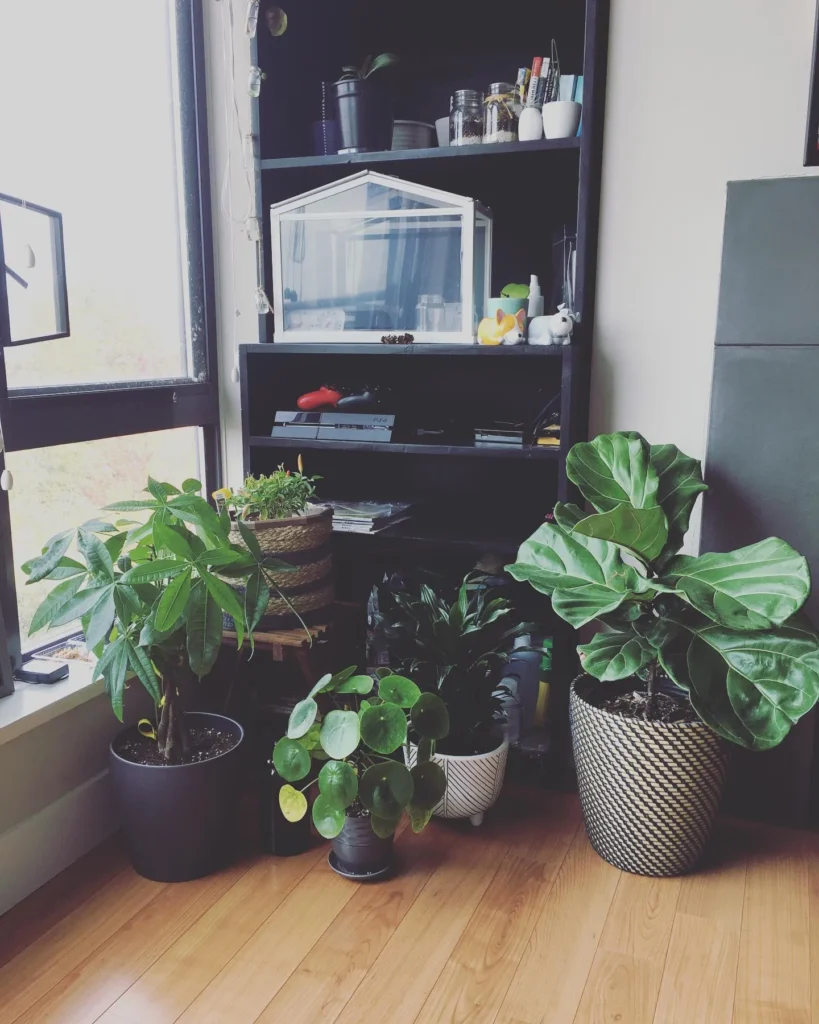
Janet Craig Dracaena is a hardy plant that generally resists pests and diseases, making it an excellent choice for indoor gardening. However, there are a few common pests that can still affect this plant, such as:
- Spider Mites: These tiny pests can be identified by the fine webbing they create on the plant’s leaves. They feed on the plant’s sap, which can cause discolored and distorted foliage. Regular inspection and using neem oil can help control spider mite infestations.
- Mealybugs: Mealybugs are small, cotton-like insects that gather in clusters on the plant’s leaves and stems. They suck sap from the plant, leading to yellowing, wilting, and leaf drop. Removing mealybugs by hand or using insecticidal soap can help eliminate them.
- Scale Insects: Scale insects are small, oval-shaped pests that attach themselves to the plant’s leaves and stems. They form a protective shell, which can make them challenging to eradicate. Applying rubbing alcohol or insecticidal oil with a cotton swab can help control scale infestations.
Toxicity of Janet Craig Dracaena

Janet Craig Dracaena, a popular indoor plant, possesses moderate toxicity if ingested. Thus, it is crucial to keep this plant out of the reach of children and pets. In case of accidental ingestion, it can cause gastrointestinal distress and other unfavorable reactions. Therefore, immediate medical attention from a veterinarian for pets or a healthcare provider for humans is imperative.
FAQ
Q: What makes Janet Craig Dracaena an easy-care indoor plant?
A: Janet Craig Dracaena is easy to care for due to its low-maintenance nature and ability to thrive in a variety of light conditions.
Q: What does the appearance of Janet Craig Dracaena look like?
A: Janet Craig Dracaena has deep green, glossy foliage with sword-like leaves that can reach a width of approximately 3 inches and a length of up to 2 feet.
Q: What are the light requirements for Janet Craig Dracaena?
A: Janet Craig Dracaena thrives in well-lit spaces with bright direct or indirect sunlight. It can also adapt to areas with medium to low light, as long as the source of light is not too far away.
Q: How often should I water Janet Craig Dracaena?
A: It is important to check the soil moisture levels and water the plant when 1/3 to 1/2 of the soil in its pot is dry, usually every 10-14 days. Overwatering should be avoided.
Q: Can I use tap water to water Janet Craig Dracaena?
A: It is recommended to use distilled or rainwater instead of tap water, as Janet Craig Dracaena is sensitive to fluoride and other salts found in tap water.
Q: How often should I fertilize Janet Craig Dracaena?
A: Janet Craig Dracaena should be fertilized once a month during the spring and summer months, using a liquid fertilizer diluted to half the recommended strength. It is recommended to refrain from fertilizing during the fall and winter.
Q: When should I repot Janet Craig Dracaena?
A: Janet Craig Dracaena should be repotted in the early spring before new growth starts. Choose a pot that is 2 inches bigger in diameter and slightly deeper than the current pot, using a well-draining indoor container mix.
Q: How can I propagate Janet Craig Dracaena?
A: Propagation of Janet Craig Dracaena can be done through stalk cuttings in the early spring. Trim the leaves away from the stalk, leaving 3-4 inches of exposed stalk. Place the cutting in a glass jar filled with filtered water, and after several months, transfer the cutting to moistened potting soil.
Q: How tall does Janet Craig Dracaena grow?
A: Janet Craig Dracaena is a slow grower and can reach a height of 4 to 6 feet after several years when grown indoors. Outdoor growth can reach up to 15 feet, but it takes at least ten years for the plant to reach its full height indoors.
Q: What are common pests and diseases that can affect Janet Craig Dracaena?
A: Common pests that can affect Janet Craig Dracaena include spider mites, mealybugs, and scale insects. Root rot can occur due to overwatering or improper drainage.
Q: Is Janet Craig Dracaena toxic?
A: Yes, Janet Craig Dracaena is considered moderately toxic if ingested. It is important to keep the plant away from children and pets, as ingestion can cause gastrointestinal upset and other adverse reactions. Seek immediate medical attention if ingestion occurs.

